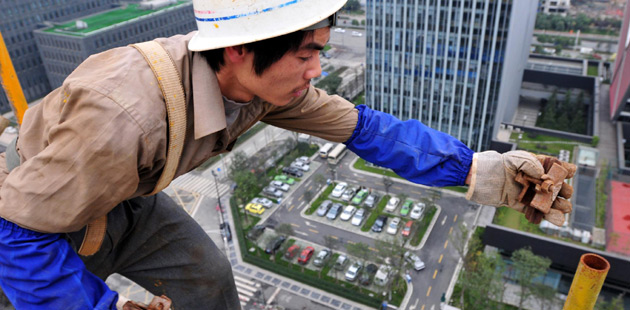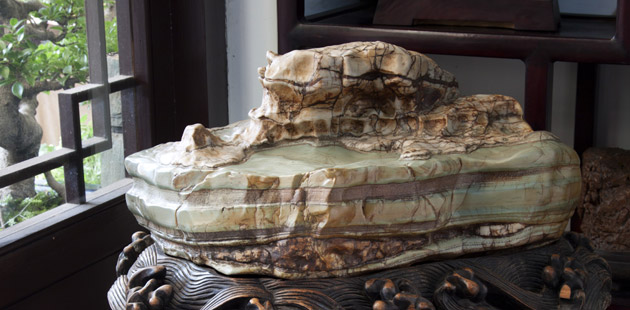|
|||||||||||
DRUGS AND CONFLICT
The affected areas were Shan State, which accounts for 91 percent of total growth, and Kachin State, where cultivation was up 27 percent from 2010.
Western countries are hoping the new civilian government that took office in March, which seems keen to improve Myanmar's image and engage with the international community, might take a tougher line on opium.
The government has embarked on a series of reforms that have stunned its critics and is now seeking peace talks with rebel groups in Shan and Kachin. It has made cooperation to suppress drug production central to proposed ceasefire deals.
In Laos, large concentrations of growth were detected in two provinces previously identified as opium-free.
The total area under cultivation was still low compared with 10 years ago, but it represented a 38 percent increase from 2010, expanding 4,100 hectares, with a potential yield of 25 tonnes that was drawing more families into a business geared mostly towards serving local addicts, the UNODC said.
The government was not doing enough to tackle the problem, it said, with only 10 percent of 1,100 villages that had stopped growing opium receiving alternative development assistance.
- Anti-dumping tariffs on US auto imports 'fair'
- Actor held after 13 years on the run
- ROK officer death 'isolated case'
- Year of the Dragon predictions
- Children recall horror of crash
- Japan PM to start delayed China visit
- China to maintain prudent monetary policy in 2012
- Train crash hottest on Weibo in 2011
Hot Topics
HIV/AIDS, Egypt protest, Thanksgiving, climate change, global economic recovery, home prices, high-speed railways, school bus safety, Libya situation, Weekly photos
Editor's Picks

|

|

|

|

|

|







